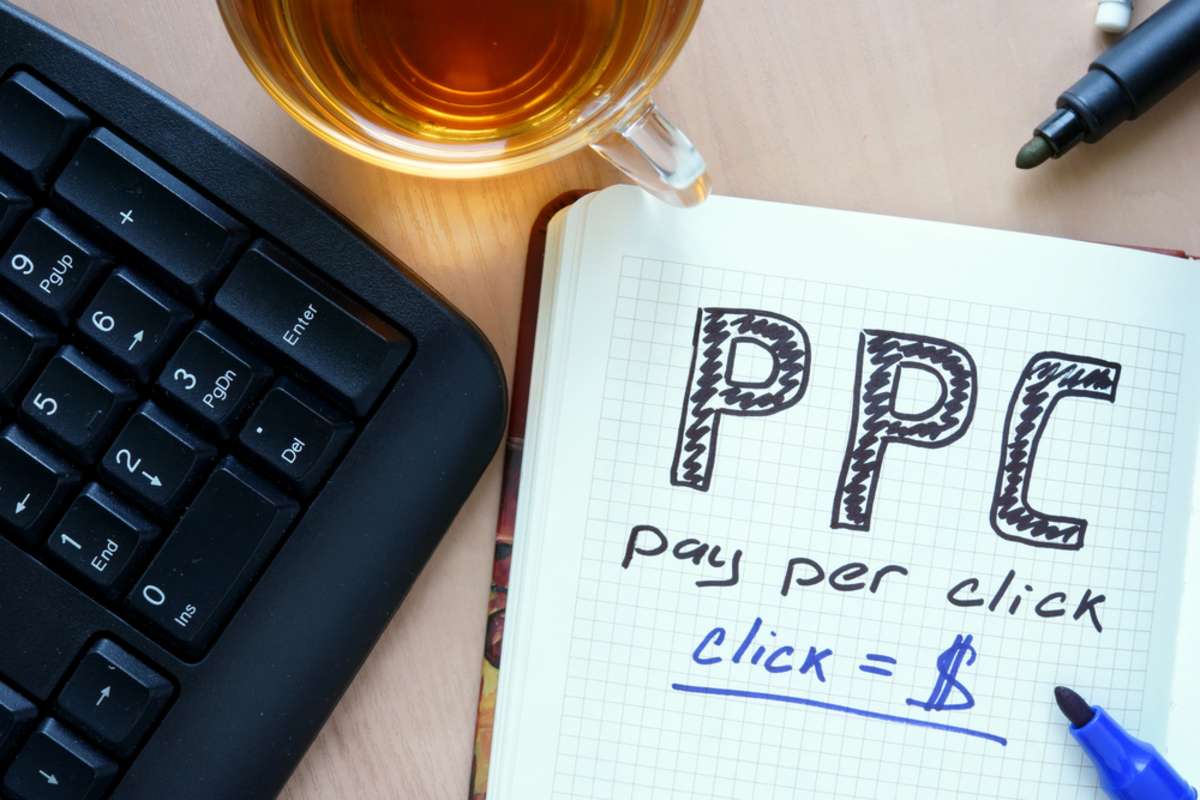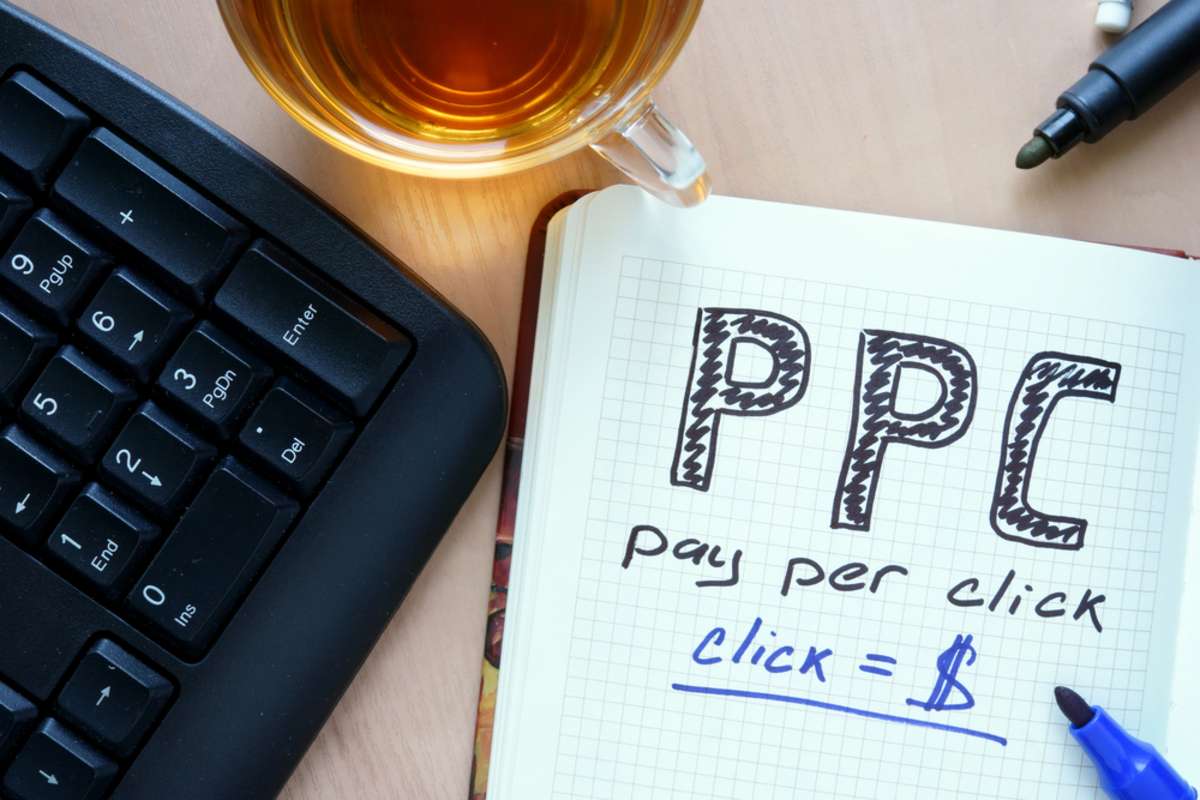
Managing a PPC Campaign? Tips for Targeting the Perfect Audience for PPC Ads
Listen to the article
Managing a PPC Campaign? Tips for Targeting the Perfect Audience for PPC Ads
Regardless of the type of business you own or the marketing strategy you create, having an in-depth understanding of your audience is critical. Without knowing who your customer is and what they like or dislike, it's impossible to create a successful marketing strategy, much less a profitable pay-per marketing campaign. This is where the importance of targeting comes in. This guide will walk you through the types of target ads in a successful PPC campaign, the types of audiences to target, and some tips that can help you manage a PPC campaign.
The Three Types of Target Ads in a PPC Campaign
Did you know you can increase brand awareness for your company by up to 80% using Google Ads? Ideally, you can use search, content, audience, or all to target consumers for your PPC campaign management. However, you can only reap these benefits if you build a solid PPC campaign.
Search Targeting
When you search for something on Google, you might see the top results accompanied by a small 'Ad' written to the left side of the meta title. If that's the case, you're seeing a search ad. This is regarded as one of the most effective advertising styles as the consumer is actively searching for something related to your product or service when your ad is displayed. You need to place bids on these keywords to ensure your ad shows up in the top results for specific keywords related to your brand. If you're unsure about which keywords to choose, you can go through our guide on using Google Ads Keyword Planner to discover new keywords.

Content Targeting
Also known as contextual targeting, content targeting narrows down individuals based on their online activity or search queries. For example, if someone is reading an article about their dog on a site that's part of the Google Display Network, and you're running an ad campaign for dog food, your ad might pop up on their screen. There are multiple ways to execute content targeting. We've listed some:
- Content Keywords — Your product or service can be found by people searching for similar material using the same keywords as your product or service's content. It is possible to customize a set of keywords to target a particular audience and achieve specific objectives. A seasonal sale, for example, can necessitate the use of different keywords.
- Topic — The Google Display Network lets you target various pages at once with topic targeting. Google Ads looks at the language you use, the links you have, and the structure of your pages. Your ad is then targeted to potential buyers who have shown an interest in the core themes identified on each webpage.
- Smart Targeting — Automated technology is used in smart targeting to predict user behavior. Google's targeting expansion tool in Google Ads display campaigns uses smart targeting. Using this method, Google will be able to locate your website's most valuable clients more quickly. It's easier to predict ad performance when you have more control over your target audience.
- Placement — Keywords aren't necessary when using placement targeting, which instead focuses on the websites your clients visit. A full website or a section of a website can be the subject of a placement ad.
Audience Targeting
Using audience targeting, you can control who sees your ad, enabling you to manage a PPC campaign better. Combining or eliminating portions of your existing audience can help you generate a more targeted advanced audience list. You can tailor your audience in the following ways:
- Affinity — The Google Display Network's broadest reach is available to affinity audiences. For example, "YouTube influencers" or "social media aficionados" are two broad categories used to categorize these audiences. Using this approach is ideal when attempting to get your ad out to a large audience.
- Remarketing — Many customers tend to visit a particular website, add a product to their cart, and then buy it later. But, they often forget all about it. In this way, many companies lose out on a lot of potential business. However, you can target customers who visited your website or application by using remarketing ad campaigns. By seeing an advert about your product they liked previously, they might be more likely to return to their abandoned cart and complete the purchase.
- In-market — Users looking for products or services comparable to yours will see your in-market adverts. These aren't your actual buyers; instead, they're a list of people Google thinks could be interested in something like what you offer. This is an excellent approach to introducing your product or service to people unfamiliar with it yet.
Types of Audiences to Target in Google and Facebook
When it comes to paid-per-click advertisements, two of the most effective platforms are Google and Facebook. However, it's important to remember that these platforms are just tools, and the actual effectiveness of these ads depends on the audience you target. While both the platforms help promote your brand to potential customers, they offer slightly differing audience selection tools, which we've listed.
Facebook's Audience Selection Tools
According to Facebook Business, these are the three audience selection tools you can use:
- Facebook Core Audiences — Using this type of Facebook targeting, people most likely to be interested in your campaign can easily be added to Facebook's Core Audience targeting choices.
- Facebook Lookalike Audiences — It is possible to find Facebook audiences that have similar characteristics to your current audience on Facebook by using lookalike audiences. As a result of their similarity to your existing customer base, they are more likely to be interested in your product or services.
- Facebook Custom Audiences — It's possible to create and define a group of users on Facebook called a "Custom Audience." Existing contact lists, website visitors, and app users can all be used to build this type of custom Facebook targeting.
Google's Audience Selection Tools
According to Google's guide for audience targeting, these are the three audience selection tools you can use:
- Affinity Segments — This allows you to target people based on their interests, passions, and daily routines.
- Life Events — YouTube, Gmail, and Display can be used to connect with viewers around major life events, such as graduating from college, moving, or getting married.
- Detailed Demographics — While advertising platforms frequently cite age, gender, and parental status as part of the definition of "demographics," "detailed demographic segments" refer to subgroups within the larger population that share characteristics in common. Students, homeowners, and newlyweds are just a few of the demographic groups that fall into this category.
Tips for Using Targeting in Ads
Know Your Audience
A better understanding of your audience's demographics will allow you to personalize your content to each group and test to see what performs best. C-level executives, for example, should be targeted with thought leadership content that addresses their concerns. On the other hand, if you're trying to reach senior employees who have a say in purchasing choices, you should focus on more tactical material.
Don't Over-Limit Your Reach
While establishing your audience, the Campaign Manager will provide you with an anticipated reach and a suggested range. Maintaining a good range is crucial as this enables you to begin with a broader net. We recommend not adding more than two to three targeting elements for your first campaigns because of the limited scope.
A/B Testing Can Work Wonders
You can discover which combinations of targeting criteria are most effective by testing two similar ads with different targeting criteria. Make a copy of your campaign and make modest adjustments to your targeting parameters to conduct an A/B test. To pinpoint exactly which component of your test is having a better effect on results. Try tweaking just a few of the variables at a time. Over time, you will learn how to communicate with the most important people to your brand effectively.
Select the Right Target Audience for a Successful PPC Ad Campaign
Once you've gathered enough data for your campaign, go to the Demographics tab in Campaign Manager and look at the results. All of the visitors and consumers who clicked on and converted your ads will be listed, and some data about them. Use these findings to guide and improve your ad campaign, including the content, targeting, and segmentation. After all, only by selecting the right target audience will you be able to create a winning PPC ad campaign. If this seems like a lot to handle, click on the "Speak to a Geek" button below and let us manage your paid ad campaign.


-1.png)


